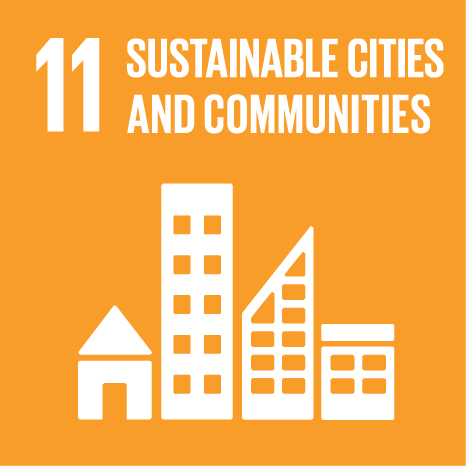Ciência_Iscte
Publications
Publication Detailed Description
Form, design and construction of ribbed vaults. João de Castilho’s innovations in the Jerónimos Monastery, Lisbon (1470-1552)
Journal Title
Construction History
Year (definitive publication)
2018
Language
English
Country
United Kingdom
More Information
Web of Science®
Scopus
Google Scholar
This publication is not indexed in Google Scholar
This publication is not indexed in Overton
Abstract
The vaults of the Jerónimos Monastery church in Lisbon are a remarkable example of late Gothic. Their span and continuous form achieve the goal of spatial unity sought after across Europe at the time. A single barrel vault covers the nave and the side aisles, while the transept is the largest built at the time. No other similar vault could be found amongst about a thousand European vaults. This paper stems from a PhD research (Soraya Genin, 2014) and concerns the issue of form: how form was created, acknowledging that it draws directly from principles applied for its design and construction. Shaping a unified vault with a single curved ridge line and central figures is Castilho’s (c.1470-1552) most remarkable innovation. The span of the vault is broadened through the use of “compound ribs”, a new typology created in this research. The author observed the methods used at the time to understand João de Castilho’s vault design, and put forward design and construction hypothesis for each type of vault. This method demonstrates that it was possible to build vaults without many preliminary drawings, using multiple, standardized ribs. The only requirement was to follow a sequence to position the centrings, using Rodrigo Gil de Hontañon’s method.
Acknowledgements
--
Keywords
Ribbed vaults,Form,Design and construction,Joao de Castilho,Rodrigo Gil de Hontation,Santa Maria de Belem church,Jeronimos Monastery,Portugal and Europe,Manueline,Late Gothic
Fields of Science and Technology Classification
- Civil Engineering - Engineering and Technology
- History and Archeology - Humanities
- Arts (arts, history of arts, performing arts, music) - Humanities
Contributions to the Sustainable Development Goals of the United Nations
With the objective to increase the research activity directed towards the achievement of the United Nations 2030 Sustainable Development Goals, the possibility of associating scientific publications with the Sustainable Development Goals is now available in Ciência_Iscte. These are the Sustainable Development Goals identified by the author(s) for this publication. For more detailed information on the Sustainable Development Goals, click here.

 Português
Português


